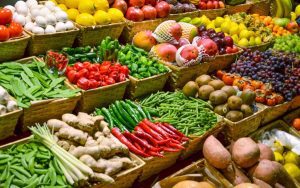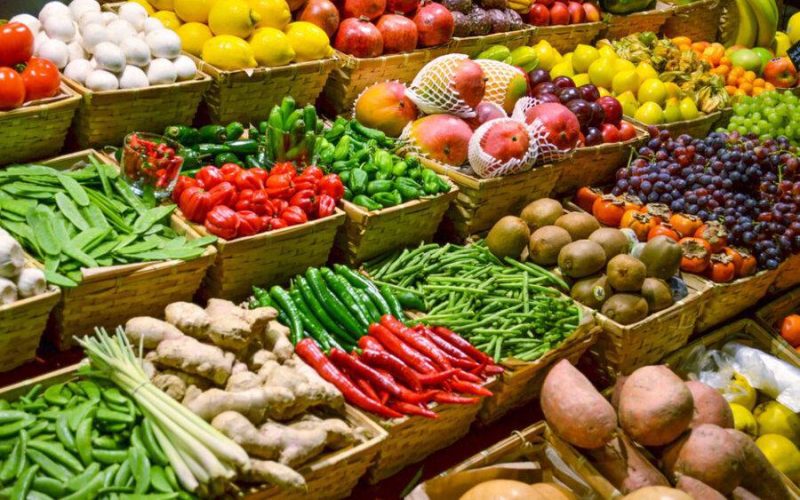Readers will gain insights into the presence of pesticides on produce, learn about potential health and environmental risks, and explore strategies for making informed choices when it comes to their food.
Introduction:
In the intricate tapestry of modern agriculture, the use of pesticides has become a controversial thread, interweaving questions of health, sustainability, and ethical choices. As we fill our baskets with vibrant produce, an invisible concern lingers—how do pesticides impact our well-being and the delicate balance of our natural world? Join us on a journey as we delve into the nuanced realm of pesticides on produce, unraveling the complex web of factors that intertwine health preservation with the preservation of nature.
Unveiling Pesticides: Balancing Pest Control and Public Health
Pesticides, the silent guardians of modern agriculture, serve a dual purpose: protecting crops from pests and ensuring a bountiful harvest. However, as these chemical defenders stand sentinel over our food supply, questions arise about their impact on human health and the delicate ecosystems that sustain us.
A Multifaceted Challenge: The use of pesticides is a response to the complex challenge of maintaining robust crop yields in the face of relentless pests. From insects that nibble at tender leaves to fungi that threaten to ravage entire fields, the agricultural landscape is rife with potential threats that jeopardize food security.
The Human Connection: As these chemical guardians are deployed, a critical question emerges: What is the potential human cost of relying on pesticides? Research has suggested links between pesticide exposure and various health concerns, ranging from acute symptoms to chronic conditions. As consumers, our choices at the grocery store can have far-reaching implications for our well-being.

Navigating Pesticide Residues: A Closer Look at the Plate
The produce section of the grocery store presents an array of vibrant choices, each bearing the potential imprint of pesticides. Understanding pesticide residues and their implications on our plates is essential for making informed dietary decisions.
The Residue Reality: Pesticide residues, traces of the chemicals used in agriculture, can linger on the surfaces of fruits and vegetables even after thorough washing. This reality prompts us to consider the potential risks associated with consuming produce that may carry these residues.
The Dirty Dozen and Clean Fifteen: In the quest to guide consumers toward healthier choices, organizations like the Environmental Working Group (EWG) have compiled lists known as the “Dirty Dozen” and “Clean Fifteen.” These lists highlight produce items with the highest and lowest levels of pesticide residues, respectively, offering a compass for making conscious decisions about which foods to prioritize as organic.












